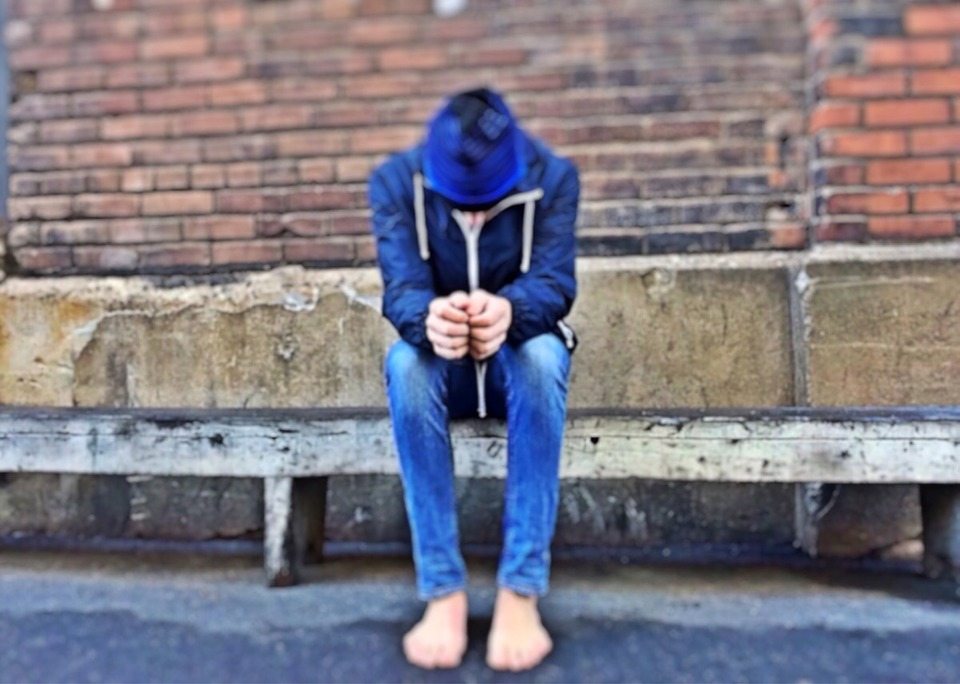 Bullying is a prevalent problem in American schools. In 2015, almost a quarter of American students reported being victims of bullying in some form. Foster children are especially vulnerable to this. Sometimes, they are the aggressors, acting out their anger and frustrations on other children or simply trying to gain the acceptance of a social group. Here are some ways that parents can help to stop bullying.
Bullying is a prevalent problem in American schools. In 2015, almost a quarter of American students reported being victims of bullying in some form. Foster children are especially vulnerable to this. Sometimes, they are the aggressors, acting out their anger and frustrations on other children or simply trying to gain the acceptance of a social group. Here are some ways that parents can help to stop bullying.
What Is Bullying?
Bullying can take multiple forms of expression:
- Physical (tripping, shoving, hitting, kicking, taking/breaking belongings),
- Verbal (name-calling, threats, taunting, degrading comments), or
- Social (exclusion, spreading rumors, embarrassing someone publicly).
Sometimes bullying is done via social media, texts, or online messaging, for example, by posting mean or threatening comments, posts, and pictures; spreading nasty rumors online; hacking; etc.
When Your Child Is Being Bullied
Foster parenting involves many socioemotional skills—among them, an awareness of factors that affect your child’s wellbeing. If your child starts exhibiting a reluctance to go to school or to interact with other children, or starts avoiding activities that he/she previously enjoyed, you may be seeing the signs of bullying. If your child has had to change schools or community, he/she is at a disadvantage in knowing who to turn to and what to do to avoid the bullying. You are the key advocate in their world. You can:
coach your child on how to seek help or avoid the situation.
- share your concerns with teachers, school administrators, the caseworker.
- coach a child on hygiene, clothing, and social skills. Often, issues issues in these areas lead to your child becoming a target.
- enroll your child in a peer support group, counseling, or assertiveness training program.
When Your Child Is the Bully
Some children react to their circumstances by bullying others. It’s important that you understand the signs of this as well. A bullying child has often experienced bullying, neglect, control, aggression, or a lack of attention in home settings, and acts out his/her fear, anger, frustration, low self-esteem, or powerless feelings by bullying others.
Often, the bullying behavior was learned from adult role models who used bullying, anger, and aggression to handle conflict. Fortunately, this behavior can be unlearned. Here again, you will need to acknowledge the underlying reasons why your child is acting out and coach them through the resolution of those negative emotions, perhaps even drawing on counseling to help you. You will also need to help them understand why it’s wrong to bully and how it makes other people feel. Most importantly, teach them the values of kindness, respect, and compassion.
Bullying is a hidden harassment that occurs every day in the lives of thousands of foster children. Become aware of the signs and symptoms and advocate for solutions that address bullying and its causes. Together, we can stop bullying.
Author: Children First FFA
Published: August 10, 2016




